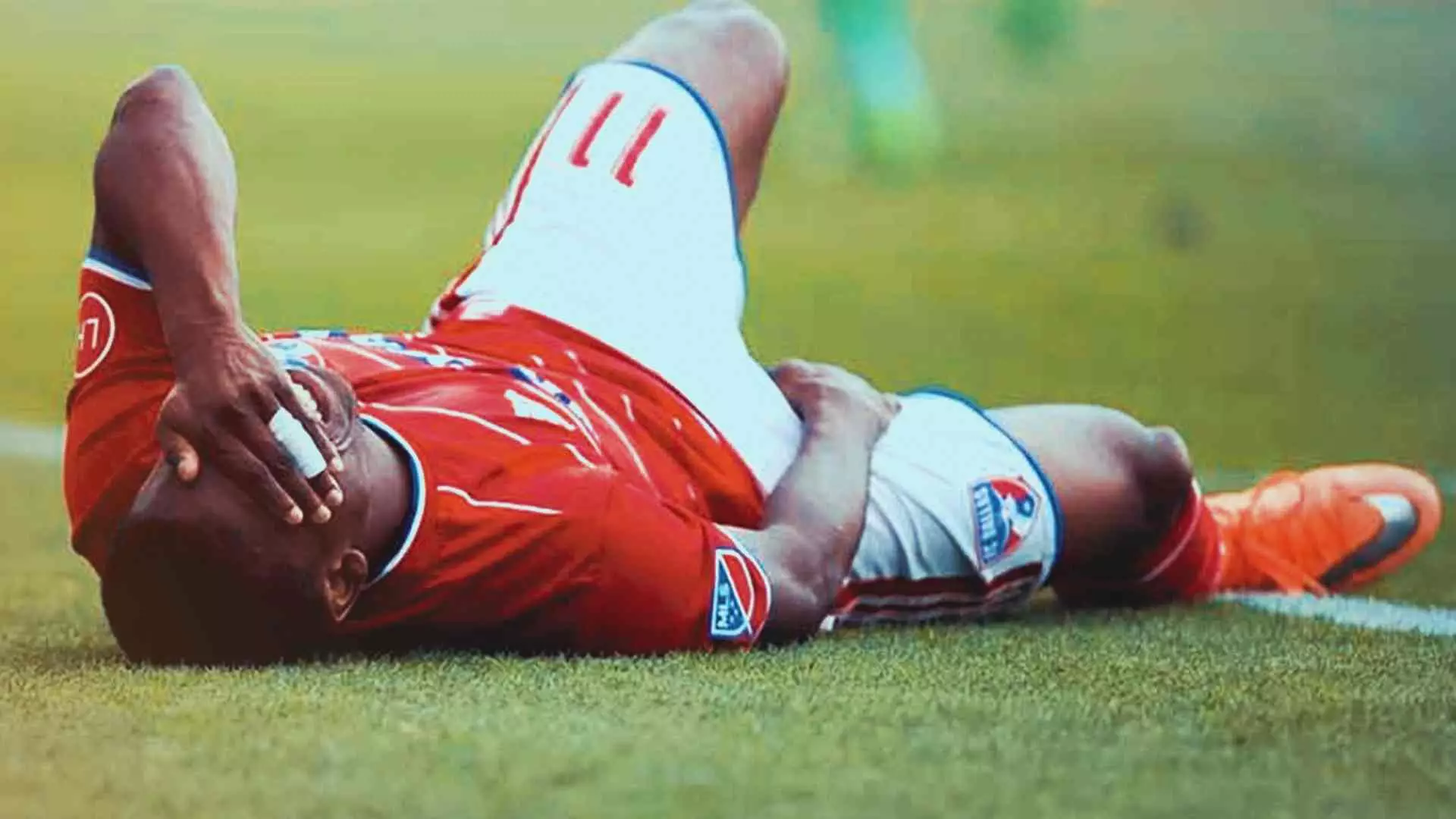It is a very common pain in athletes who practice soccer. This can be a sharp pain, located in the pubic symphysis, with possible irradiation to nearby areas, preferably groin, lower abdomen, perineum and hip.
Pubalgia, also known as pubic symphysis or dynamic osteopathy of the pubis, is strictly defined as inflammation of the pubic symphysis of non-infectious origin. It is generally considered an overuse injury, which creates a stress reaction on the pubic symphysis and adjacent bone tissue.
In order to carry out a specific treatment for this type of pain in the pubis, it will be necessary to carry out certain stages of assessment and evaluation, in order to obtain a good diagnosis, and apply the appropriate treatment to treat this pain, which can be very annoying. and may even require surgical intervention.
Epidemiology of Pubalgia, within the soccer field, which corresponds to the sector where this type of injury most affects. It is also common in ice hockey, rugby, American football, Australian rules football, and long-distance runners.
The most frequent entity in groin injuries are those related to the adductors, followed by those related to the iliopsoas and then those related to the abdominals.
The mechanism of injury is usually associated mainly with repetitive hitting gestures (such as kicking a ball). In the case of the kick, repetitive hyperextension of the trunk occurs along with hyperextension and abduction of the hip. This will produce shearing across the anterior and pubic symphysis of the pelvis, especially if there is a muscular imbalance, this snapping action causes asymmetries in the lumbar and iliopsoas muscles.
In conservative treatment and prevention there is no differentiation of objectives between them. It will focus on specific work valid for both post-injury rehabilitation and prevention.
First of all, sports activity will be interrupted, treatment will focus on eliminating pain and muscle training programs will continue. These exercises will focus above all on strengthening the adductors, going from the most static to the most functional. Lumbo-pelvic strengthening with core exercises and motor control is also very important.
Exercises to work the core and the adductors, highlighting the need to give stability to the pubic symphysis so that the transfer of forces that converge in the joint is effective and coordinated. Also part of the objectives are to recover the range of joint movement of the hip in its rotations and of the lumbosacral and sacroiliac joints, and to treat the pain from its root and not with a palliative objective.








